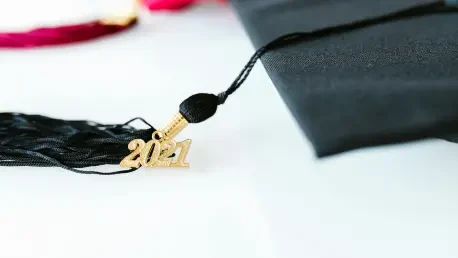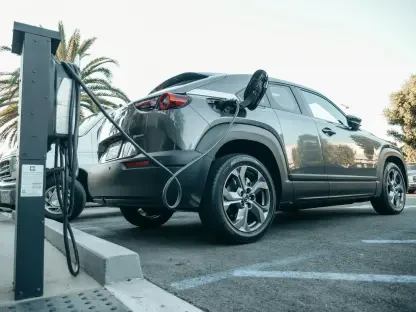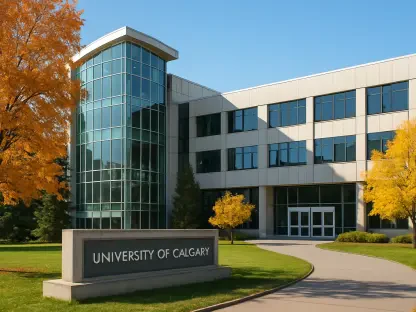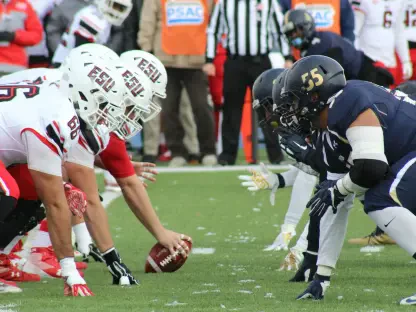In a moment when teenagers face more choices than clear directions and when employers race to fill skill gaps faster than classrooms can pivot, a day that brings both sides face-to-face can change the trajectory of a young person’s life. On Oct. 2, the Hewes Educational Center in Ashville hosted a College & Career Fair that blended possibility with practicality for juniors and seniors enrolled in Erie 2-Chautauqua-Cattaraugus BOCES Career & Technical Education programs. Instead of students guessing what paths might fit, about four dozen employers, public agencies, and colleges met them where they learn. The design was intentional: broaden horizons, demystify options, and translate interests into actionable steps across skilled trades, public safety, health care, manufacturing, transportation, and business. The event served as a bridge, not a billboard, inviting conversations that clarified the “how” behind every “what.”
Access That Meets Students Where They Are
The fair’s core strength lay in access. Rather than expecting teenagers to cold-call recruiters or parse dense program websites, the region’s leading employers and postsecondary institutions set up shop inside the CTE environment students know. That proximity mattered. It allowed a construction technology student to compare union apprenticeships with community college certificates in real time, and it let a budding cosmetologist weigh salon ownership against cross-training in spa services, entrepreneurship, or even health care. CTE social worker Alissa Rinaldo emphasized that bringing opportunity directly to students keeps curiosity alive while ensuring programs stay aligned with an evolving workforce. The message was clear: exploration is not a detour, it is the path. Moreover, the fair made it acceptable—even smart—to rethink a plan after learning something new.
The roster underscored that promise. UPMC outlined multiple on-ramps from clinical tech roles to radiology training; Wegmans framed advancement in retail as a platform for leadership and supply chain careers; Jamestown Plastics showcased advanced manufacturing that blends hands-on work with automation and quality control. Public safety had a strong presence, with the Chautauqua County Sheriff’s Office, NYS Troopers, and NYS Parks describing routes into law enforcement and conservation roles, including fitness standards, prerequisites, and opportunities for promotions. Multiple SUNY campuses translated admissions jargon into plain language, from credit transfer to stackable credentials. The result was not a sales pitch but a menu, where students could measure costs, timelines, and daily realities. Even small interactions—like comparing shift structures or asking about tool stipends—made next steps concrete.
Exploration That Expands Program Boundaries
Student reactions showed exploration at work. Cosmetology junior Taylor Curtis spoke with colleges and employers while keeping the dream of a future salon in view, now with a clearer sense of business licensing, financing, and customer acquisition. Two cosmetology seniors discovered UPMC’s School of Radiology and began to picture themselves in health care, where patient-facing skills like communication and precision translate across sectors. Construction technology junior Blake Berlin connected with local firms, heard how supervisors evaluate apprentices, and confirmed a plan to pursue additional training before entering the field. These stories were not contradictions; they were evidence that CTE pathways can branch, merge, and strengthen as students gather better information. In contrast to siloed learning, cross-program encounters invited students to ask, “What else fits me?”
This crossover energy aligned with regional needs. Manufacturers described demand for CNC operators who also read CAD drawings; logistics employers highlighted commercial driving paired with safety certifications; public agencies detailed seasonal roles that lead to permanent appointments; colleges mapped certificate-to-degree ladders that reduce debt risk. Educator-industry dialogue flowed both directions: faculty heard where soft skills were breaking down on job sites, while employers learned how classroom projects could mirror real workflows. That feedback loop helps keep the curriculum relevant and the local talent pipeline strong. Moreover, students practiced professional conversations—shaking hands, asking targeted questions, and following up—which turns interest into opportunity. The day functioned like a rehearsal for adulthood, with the stakes high enough to be meaningful and safe enough to encourage bold questions.
A Model That Strengthens Transitions
The fair’s structure offered a replicable model. By convening college admissions, human resources, and program directors under one roof, students compared timelines, costs, and career ladders with unusual clarity. Conversations moved beyond what a job pays on day one to what stability, growth, and credentialing look like three, five, or ten years out. That shift matters in a region balancing legacy industries with emergent technologies. When teenagers see that a manufacturing role can lead to quality assurance or maintenance leadership—or that public safety can segue into emergency management—they start plotting a sequence, not just a start. The fair also spotlighted hidden supports: tuition assistance tied to employment, paid training, and partnerships that credit work experience toward degrees. Transparency lowered guesswork and raised confidence.
The breadth of participants signaled shared responsibility. Employers showed willingness to train; colleges emphasized flexible admissions; agencies spelled out clear steps to qualify. Meanwhile, CTE programs translated those inputs into guidance students could act on. The overarching effect was momentum. Students left with contacts and requirements; educators left with curriculum cues; employers left with candidates who understood expectations. As a regional strategy, that alignment reduced friction in school-to-work and school-to-college transitions. It also offered a counterweight to the myth that a single choice locks a teenager into a lifetime. Instead, the fair treated career development as iterative and informed, where each decision opens doors rather than closes them.
From Conversation To Next Steps
The day ended with tangible to-dos: applications to draft, trainings to schedule, and informational interviews to set. Counselors planned to fold employer feedback into classroom projects; instructors earmarked time for certification prep that recruiters flagged as valuable; students organized documents and deadlines using checklists shared by admissions reps. Partnerships that began across a table were slated for follow-up tours, job shadows, and skill demonstrations. Most importantly, the event validated that curiosity paired with clarity drives progress. By turning exploration into commitments, the fair transformed possibilities into plans. The model proved scalable, the partnerships felt durable, and the outcomes pointed toward smoother, smarter transitions that served students and the regional economy alike.









